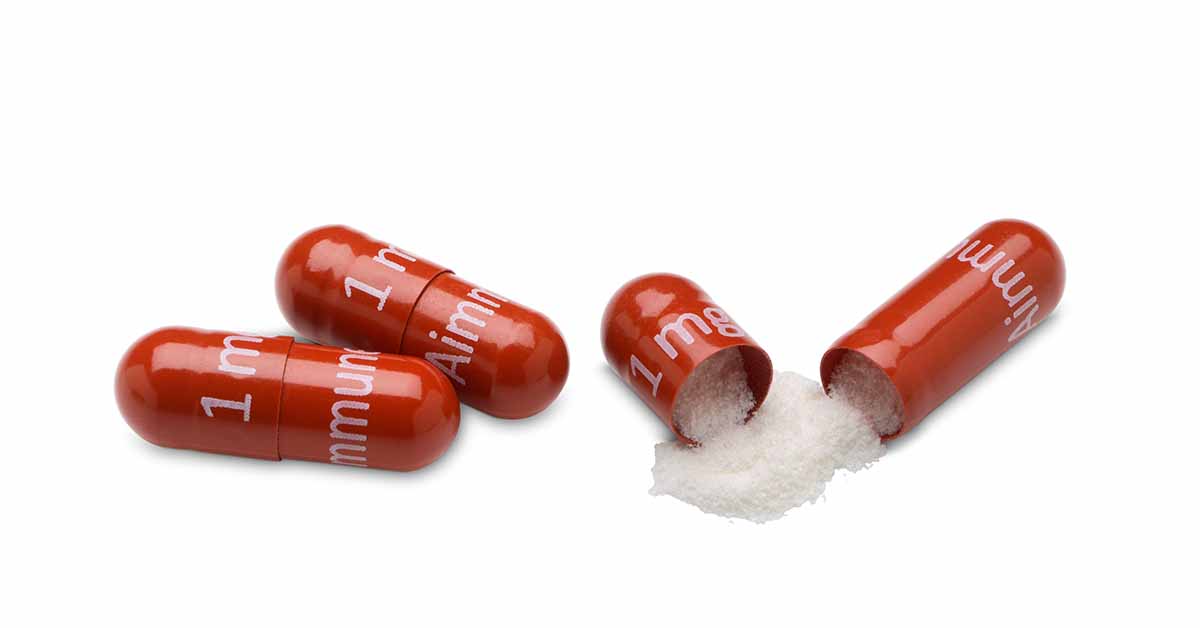Peanut allergy is one of the most common food allergies in the US, affecting an estimated 1%- 2% of the population. Symptoms typically present in childhood between 12 and 24 months of age and can last a lifetime.
Severe reactions, including life-threatening anaphylaxis, can occur with exposure, in some to even trace amounts. Epinephrine is the first-line treatment for anaphylaxis.
Peanut oral immunotherapy can reduce the risk and severity of allergic reactions or induce tolerance. The process starts by exposing the patient to a tiny, measured amount of peanut allergen with increasing the exposure amount incrementally over time.
Peanut OIT generally carries a low risk of reactions requiring epinephrine — typically less than 1 event per 1,000 doses — with most reactions occurring during the updosing phase. Previous large studies show reactions requiring epinephrine range from 0.6 to 0.7 events per 1,000 doses for updosing and 0.2 to 0.5 events per 1,000 doses for maintenance. A recent meta-analysis of 26 trials found the overall risk of a reaction requiring epinephrine was 7.6%.
Aimmune Therapeutics’ Palforzia is the first (and thus far only) FDA-approved peanut oral immunotherapy, having received the designation in January 2020 for the treatment of children ages 4-17. As part of postmarking surveillance after approval, safety data from the first 2,501 individuals treated with the biologic were analyzed and used to determine the incidence of reactions requiring epinephrine. The study, published in the Annals of Allergy, Asthma & Immunology looked at those who started the treatment during an in-office visit under clinical supervision as part of the required FDA follow up for new drugs known as an Investigational Device Exemption (IDE) study.
Of the 2,501 patients treated with Palforzia, 2,482 (99.2%) had completed IDE and continued to updosing, and 1,127 (45.1%) had reached the maintenance dose by the cutoff date of January 30, 2023.
Overall, a total of 94 events (of any cause) requiring epinephrine were reported across all dosing phases (3.8%). Fewer than half of all-cause epinephrine uses were reported to be anaphylactic reactions (46 individuals; 1.8%). Consistent with previous studies, reactions requiring epinephrine were more frequent during dose escalation (3.2%) than during maintenance (1.0%). This pattern was observed for all reactions requiring epinephrine, including those classified as anaphylactic.
There are several reasons that may explain the lower incidence of epinephrine use with Palforzia than with other peanut OIT approaches. Treatment Palforzia involves a target maintenance dose of 300 mg of peanut protein, compared with 2,000 to 3,000 mg used in previous studies. The selection of this dose was informed by a previous study that determined that a 300-mg maintenance dose yielded comparable efficacy to that of a 3000-mg maintenance dose and a better adverse event profile.






